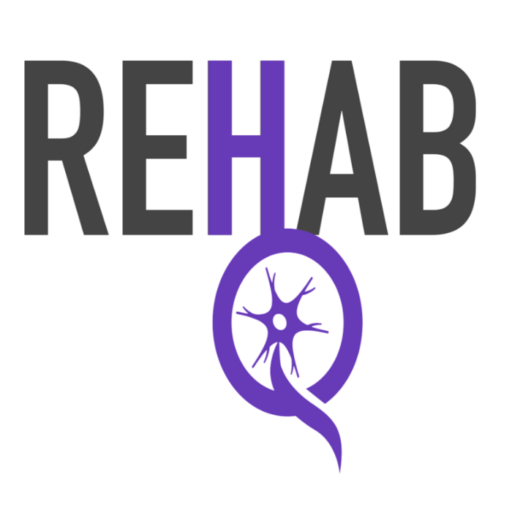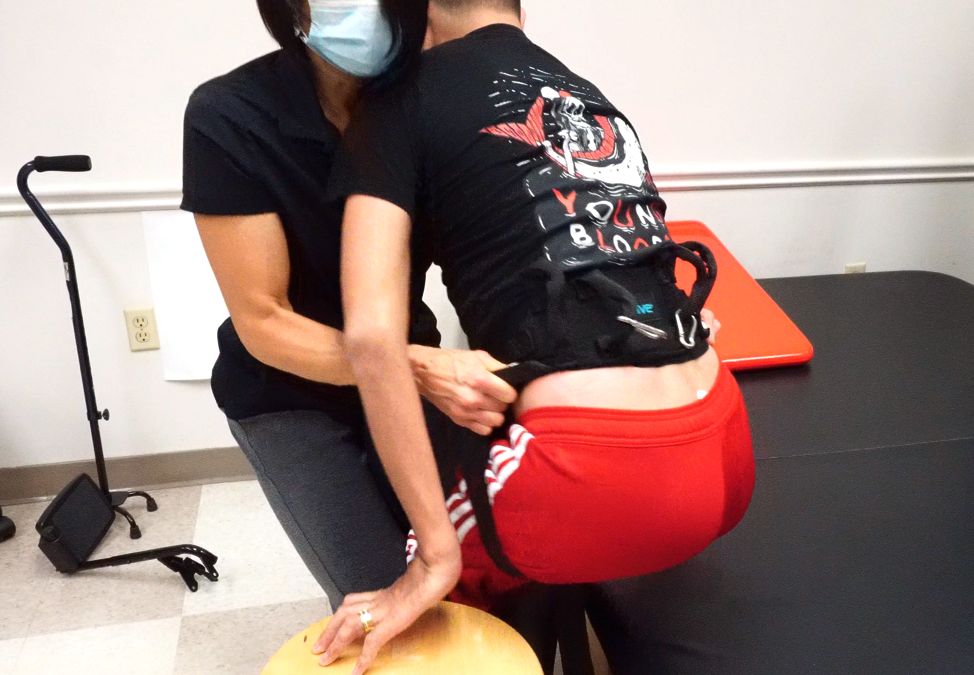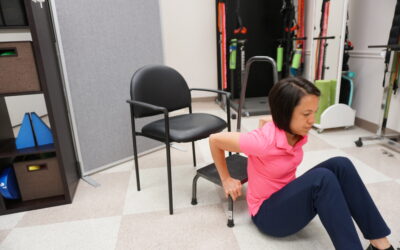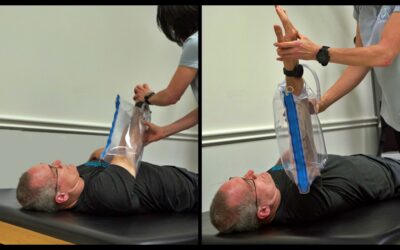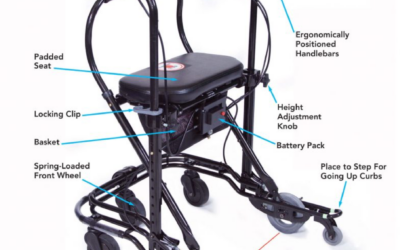A gait belt can be a critical tool to help a loved one relearn the correct way to stand. With the right gait belt, you can also help someone walk in the early stages of neurologic rehab. And that is why gait belts made its way to our latest “product spotlight”.
Benefits of using a gait belt
- reduce risk of falls for the person being helped
- decrease risk of injury for the person helping
- offer support to someone who has difficulty standing
- help to keep the body upright in standing (not flexed forward)
- start walking and standing earlier (when compared to not using a gait belt)
Traditional Gait Belt
A traditional gait belt is a single strap that goes around the waist. This type of gait belt is not designed to assist someone with proper sit to stand. Nor is it designed to assist someone with walking. In most cases, this type of gait belt is designed to help lower someone to the ground (should they lose their balance while they are standing). And in fact, this is exactly what we teach family members in the hospital. In other words, a traditional gait belt is a “defense tool”. It was never designed to be an “offense tool” (ie: actually help facilitate normal movement patterns).
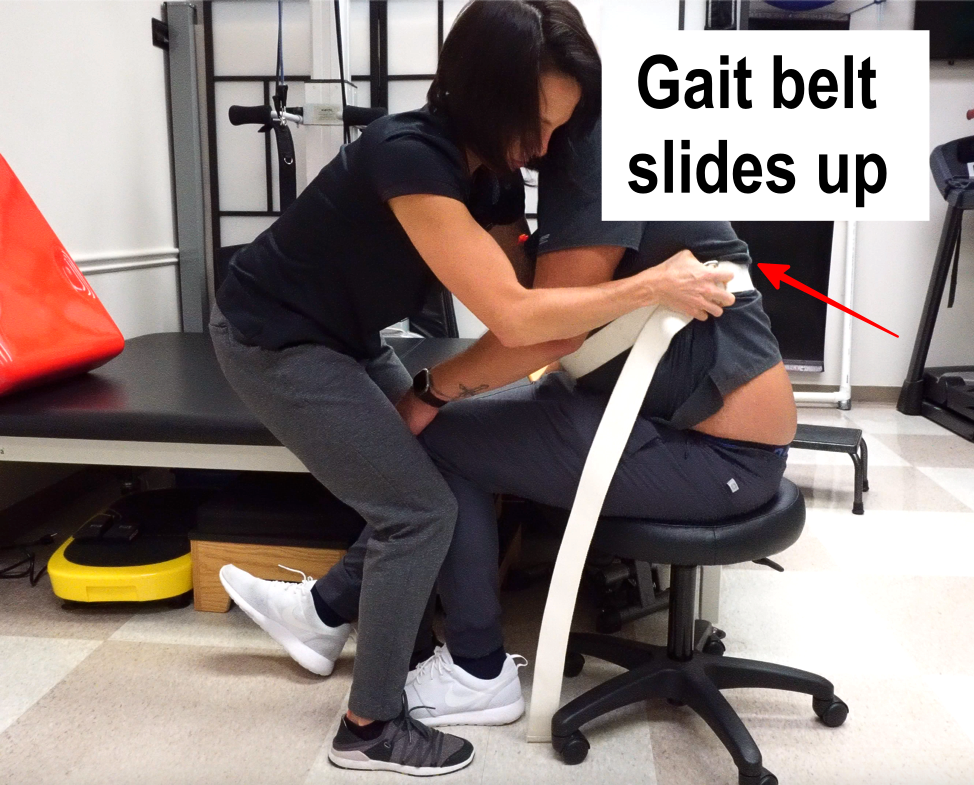
The best gait belt to help with stroke recovery
Enter gait belts with leg straps. Short of going to a full on harness, a gait belt with leg straps is the best way to help someone learn the proper way to perform sit to stand. Beyond that, it can help someone to stand and prepare the body for walking. So now, what started out as a “defense tool” turns into a rehab tool. The leg straps help the gait belt stay low on the hips which is the correct position to assist someone with the critical components for early standing
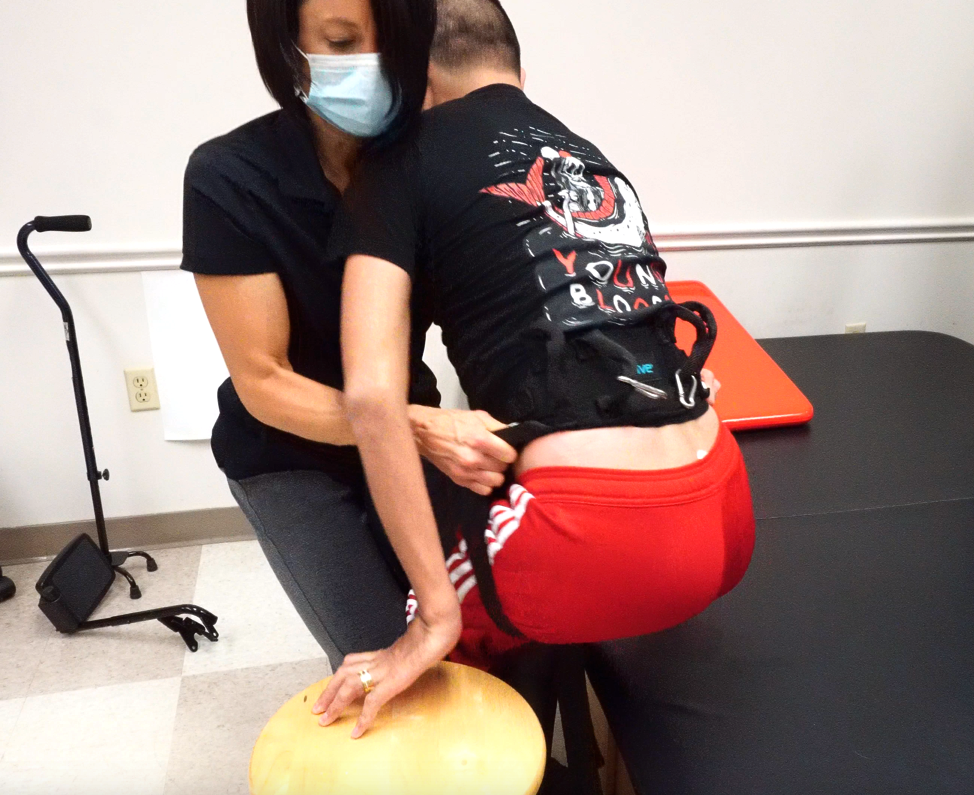
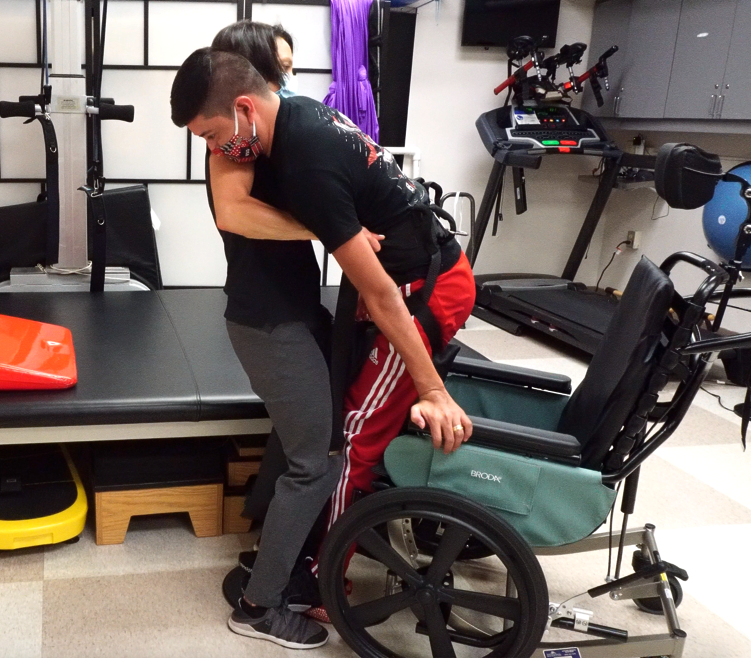
Check price on Amazon
Getting up after a fall
Falling can be a scary thing. Getting up from the floor after a fall is the number one most important skill to learn. Safety Warning: Check in with your body before moving It is important to note, you should only attempt to get up if you are not injured for...
Product Spotlight: Stroke Arm Exercise for Spasticity
Spasticity and abnormal movement patterns can make it difficult to perform stroke arm exercise. The Urias air splint can be an invaluable tool to minimize involuntary arm contractions, reduce pain, prevent contractures, and make it one thousand times easier to manage...
Product Spotlight: #1 Walker for Parkinson’s Disease
What is the best walker for Parkinson's disease (PD)? Maybe you are not there yet. Maybe you are hesitant to even approach the idea of a walker. Well, I have you covered. After nearly 20 years of working with people living with PD, I know how you might be feeling. The...
